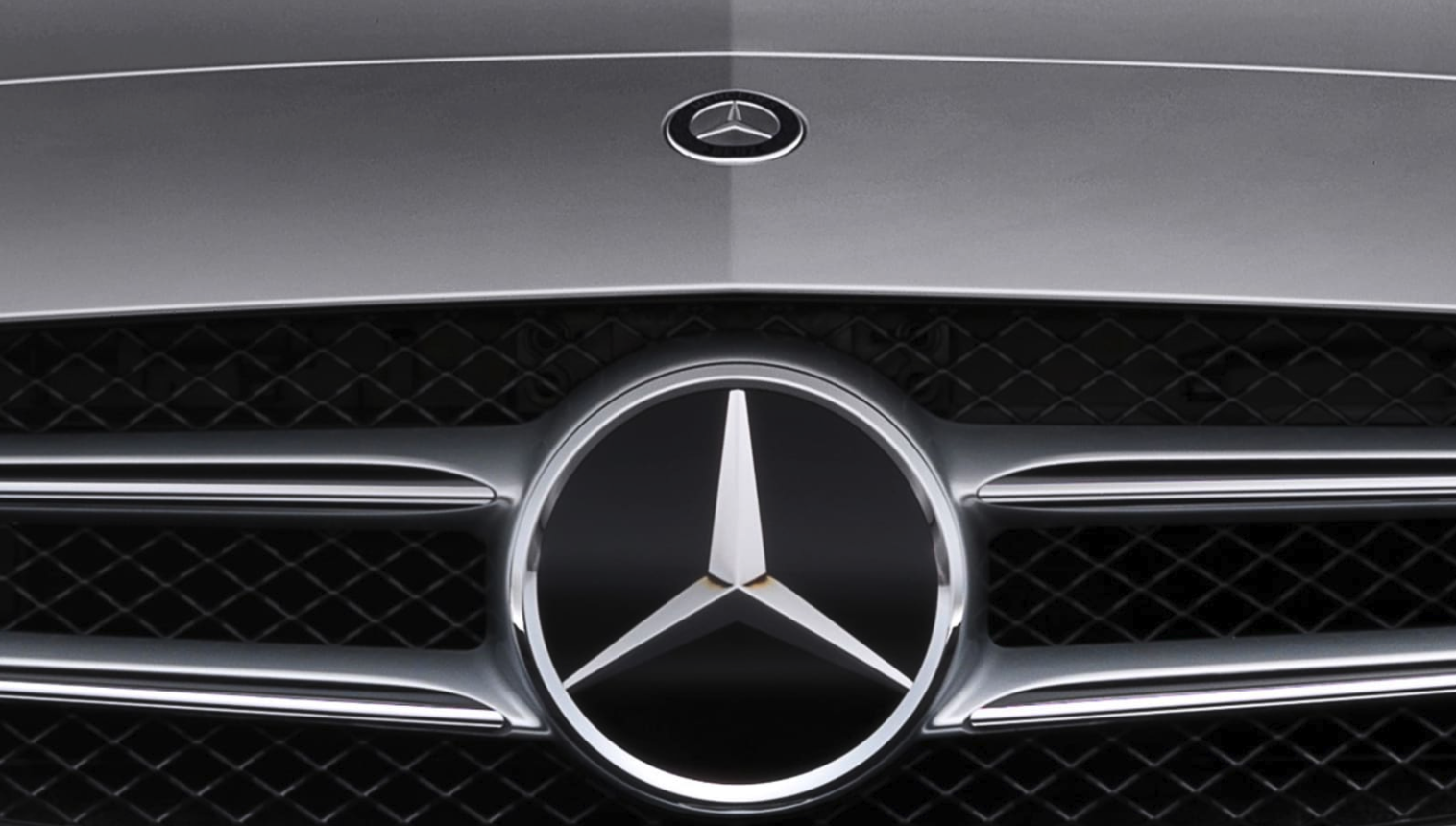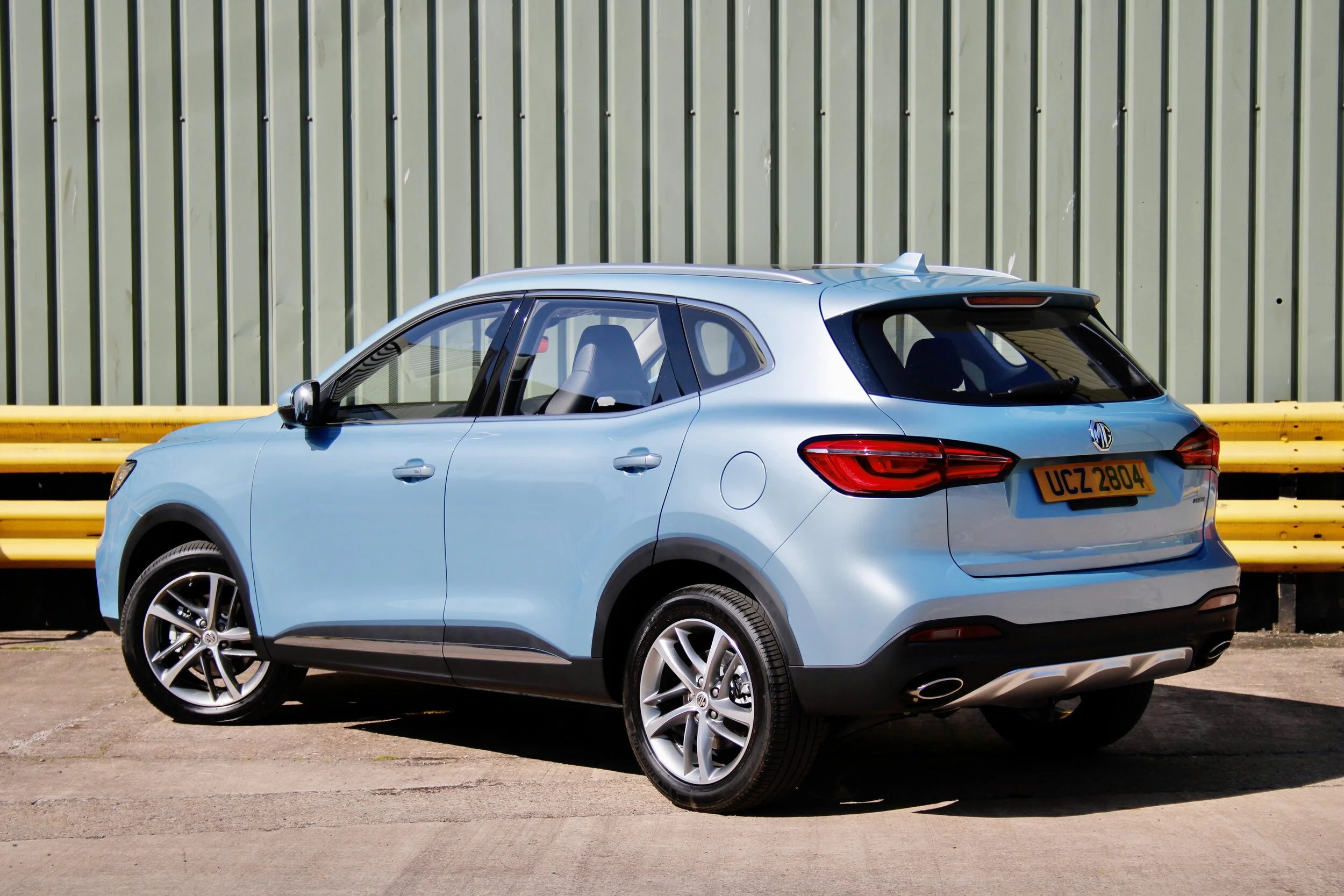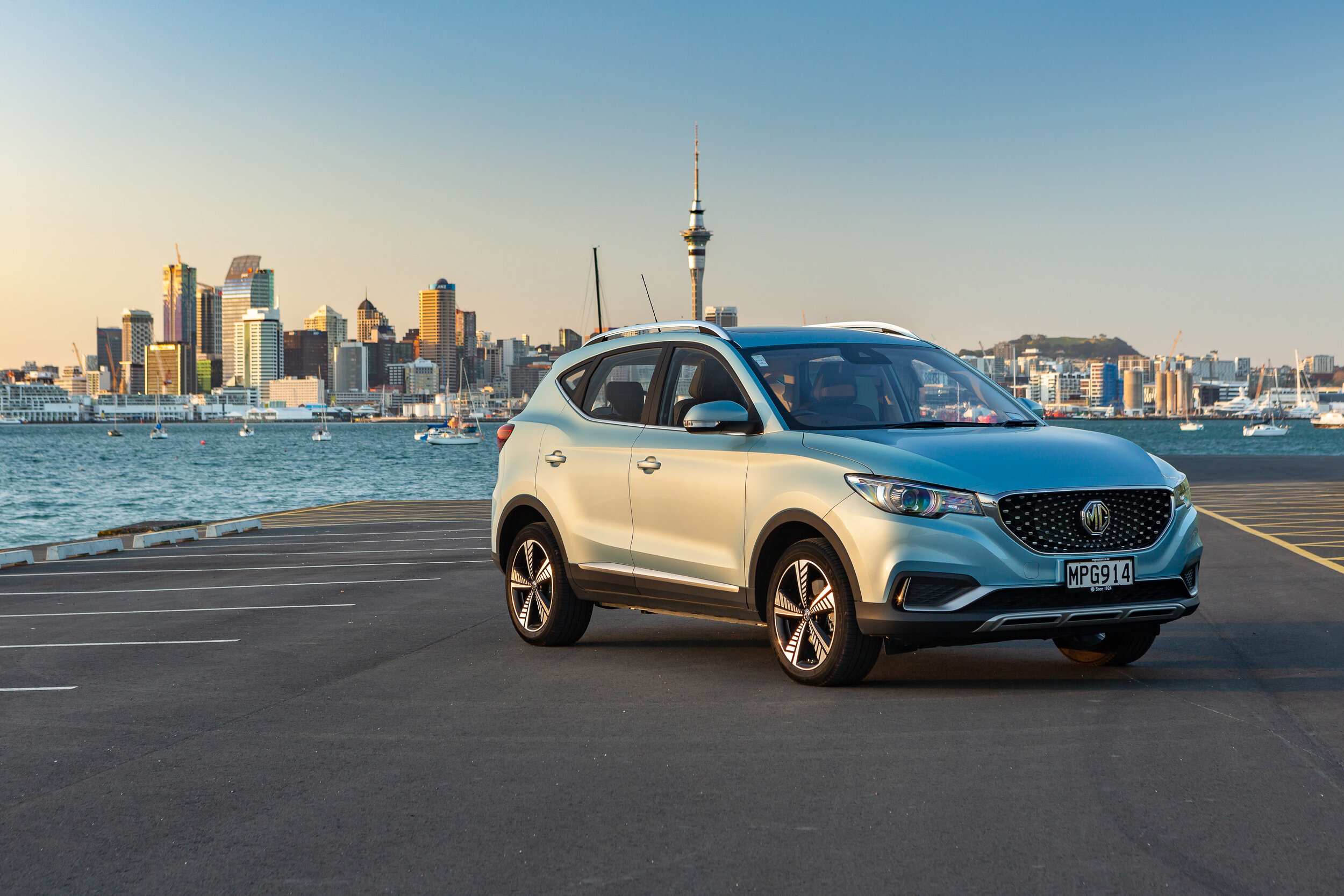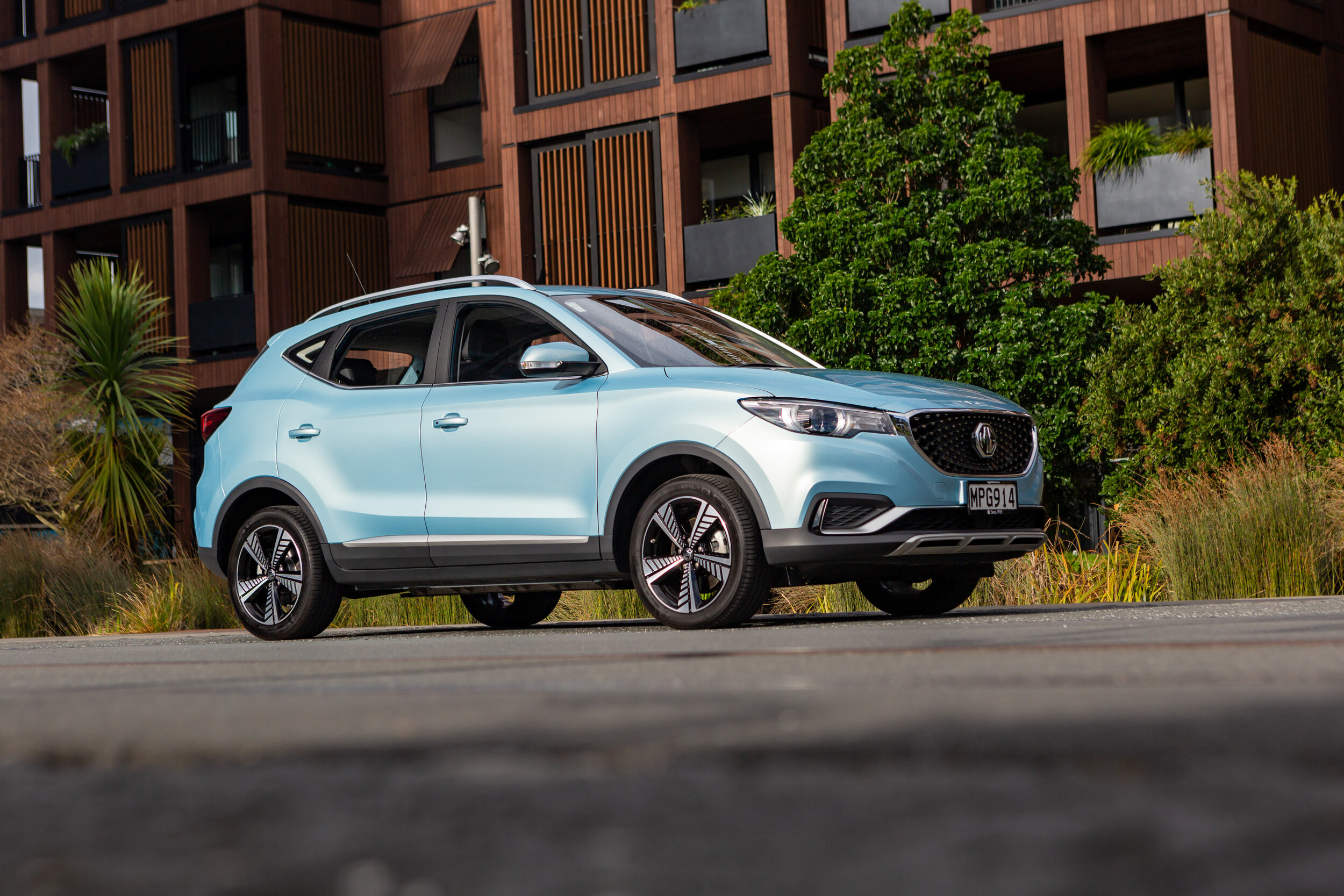The year ahead - an insider view
/What will 2021 bring for the new vehicle industry – how hard will it be to secure, let alone sell, new products?
THE count is in and conjecture that 2020 would become a tough year for the new vehicle industry has proven correct – an almost 25 percent slump on the 2019 outcome is sobering news.
So, anyway, that’s the past – what’s the prognosis for the year we’ve now just rolled into; what will 2021 deliver?
It’s always interesting to get the views of an industry figure on such matters. So thanks to Anthony Maclean, who has nearly 30 years automotive experience gained in the United Kingdom and New Zealand.
In his home territory of the United Kingdom, MacLean had an extensive career with Volkswagen and Skoda.
In New Zealand he has held senior roles with Nissan, Blue Wing Honda, Tourism Holdings Limited and Mercedes-Benz and, most recently, with SAIC Motor’s MG marque.
As MG’s country manager, MacLean brought the reborn British make back to the local market, bringing it up to speed as a Top 10 brand, with 13 dealers and more than three percent market share.
He’s just departed this role to launch his own automotive consultancy. This new company, BoostAuto, will focus on marketing and planning services for distributors and dealers.
You can find more about BoostAuto at https://www.boostauto.co.nz
Anyway, BoostAuto’s first undertaking is a blog, kindly shared with MotoringNZ, that offers his top 10 predictions of the changes that will affect the national new vehicle industry this year. So, here we go ….
1 - January sales result will surprise.
January’s sales month will be huge; there was significant port congestion in December, and vehicles arrived late as a result; some brands were severely supply constrained last year, and one major brand held sales back as the year closed. January’s sales will exceed the combined 9092 registrations (2570 passenger cars and 6522 SUV sales) recorded in January 2020.
2 - Selling through Agency Model.
Mercedes-Benz in New Zealand will transition to agency model sales, and more will follow. This gives the distributors more control over the quality of the purchase experience (brand experience becomes more important than sales process; dealers lose the ability to discount, the distributor owns the stock, and dealers are paid a fee for selling). Five years ago, only Honda in NZ used the brand experience, others scoffed. In 2018 Toyota moved to agency model in New Zealand. Tesla has only been agency. Other brands will seriously start to consider the agency model locally. Honda in Australia move to agency in 2021. The shift has started and will gain pace. Some brands may take an ‘Agency Lite’ approach trying to test the idea without a full leap.
3 - Luxury Vehicle Price War
Maybe the word choice of ‘war’ is a little over-zealous. However, one of the effects of the agency model is that it brings retail pricing down. Kia already uses fixed margin to pre-sell Stonic and some Sportage. When it introduced Drive Happy pricing because of their agency model, Toyota NZ reduced the price of some models by as much as $15,000 (for a Hilux SR5 Limited 4x4 auto). While we might not see this level of price reduction for Mercedes-Benz, you can be sure of some price reductions. BMW will look expensive when their product team in Pacific Rise do their PVA (Price Value Analysis). So their question to answer will be, do we want to be perhaps five percent more expensive, or do we come closer? If they decide the latter route, expect the same conversation over at Great North Road at Audi HQ, and maybe even Lexus (and therefore by default Volvo).
4 - Internet Sales
Through the lock downs we saw many businesses pivot to sell online. In the United States, a country that has long resisted internet sales in automotive, necessity – as they say – was the mother of invention. Dealerships moved much closer to transacting online to facilitate sales they would not have been able to do otherwise. The process might not have been seamless and polished but it worked. Additionally, with the shift to agency online sales become more likely. Tesla, ever the innovator has paved the way, and now reserving models online has become more common for multiple brands. Consumers do it for products that five years ago we would have not considered could be bought online. Expect a major brand to offer a model or two that can be ordered and collected without going into a dealership (and without having to haggle over pricing). It will be seen as a breakthrough; it is more of an evolution.
5 - Scrappage Scheme or Emissions Testing Spring Cleans the Vehicle Park.
It’s not news that our fleet (at around 15 years old) is ancient compared to Australia, UK or US (8-10 years old); our remoteness and love affair with older used imports are to blame. Whether an emissions testing standard or a vehicle scrappage scheme is introduced, the government will make tentative steps to tidy up the oldest, least safe vehicles and worst polluters.
6 - The March of the PHEVS
Plug In Hybrids are coming – and coming in volume. 2020 was the year we talked about PHEVs, sometimes scratching our head about their purpose. As they become more common their benefits will become more understood. PHEV batteries are roughly 10x the size of a mild hybrid battery; they have real electric and zero emissions range yet without the range anxiety. Every major brand will have at least one PHEV in 2021. New PHEV models are likely to include Hyundai Tucson and Santa Fe, Ford Escape, Kia Sorento and Seltos, MG HS, Skoda Octavia and Kodiaq, Toyota RAV-4 Prime, new Highlander VW Tiguan. Oh and market leader Mitsubishi Outlander gets a full replacement at the end of the year.
7 - Rapid uplift in BEV and PHEV sales volumes
This will be the year of greener transport. The Government has already signalled it wants most of its fleet to be EV. The PHEVs are coming from virtually all the big brands. BEVS will follow later in the year and early in 2022. Virtually every month will see a new PHEV or BEV model entering the market. The shot in the arm will be some kind of feebate scheme, potentially supported by a scrappage scheme late in the year.
BYD is a big player in China. This is the HAN electric car.
8 - Hello Geely. Or BYD or Proton
We know the Chinese brands are coming – some of these brands are the biggest car companies you have never heard of. They have scale, a BEV, PHEV focus and a desire to expand into international markets. Which one will make it here first is tough to call, but expect at least one new brand you have never heard of to arrive this year.
9 - Goodbye Holden. Who is next?
February last year saw the shock announcement that GM would quit the local market. Manufacturing groups are signalling consolidation where they have multiple brands in one market. It is likely that a smaller brand will leave in 2021.
10 - The market bounces back – almost
2021 will see a market volume rebound to around 145,000 vehicles. Here’s the logic. Retail demand is strong, business confidence has improved, but rental company volume is soft. The economy’s resilience has surprised us, but the closed borders has restricted incoming tourists and with-it rental car demand. Rental cars account for 16-17,000 vehicles a year. Borders will re-open for next summer’s peak period and with it, rental car demand will soar as companies re-stock their depleted fleets. What’s more businesses will see increased confidence for the year ahead and will plan their capital expenditure accordingly. But some caution will remain, and it’s possible that we may have another localised lock-down and community COVID-19 cluster.


























